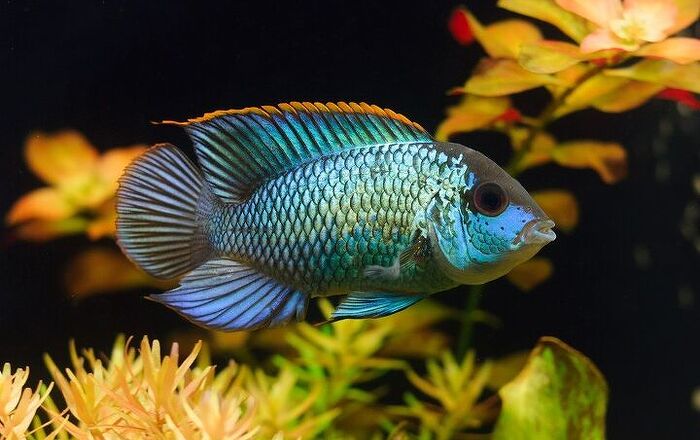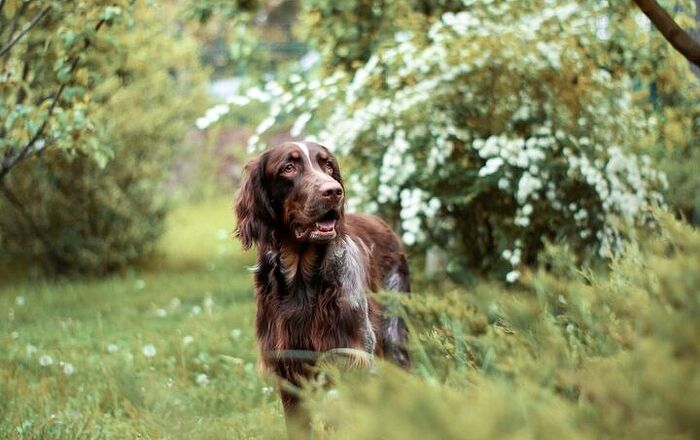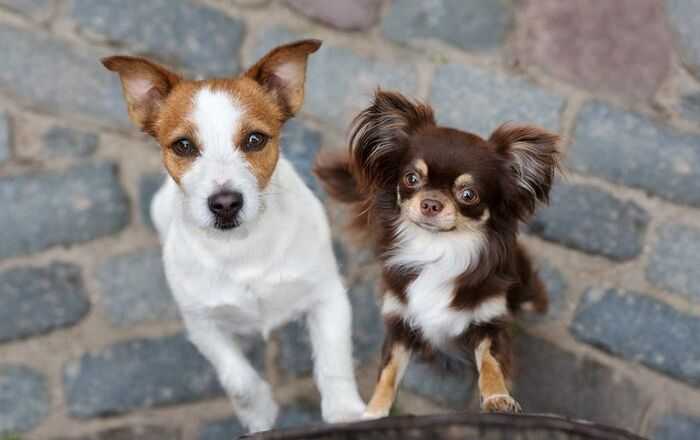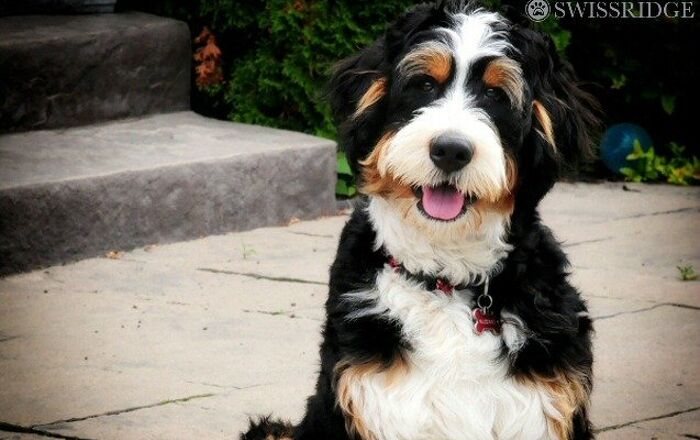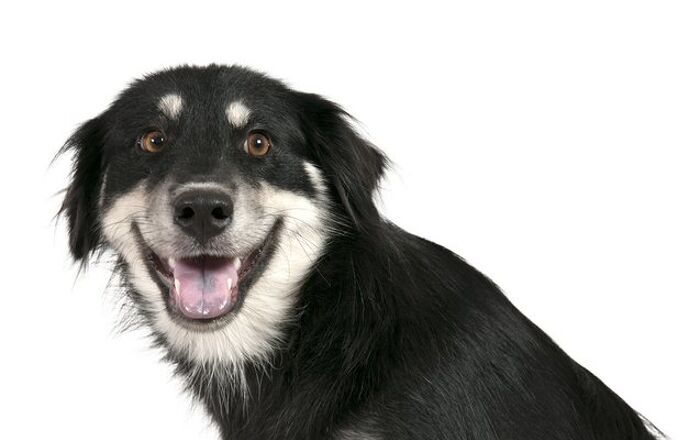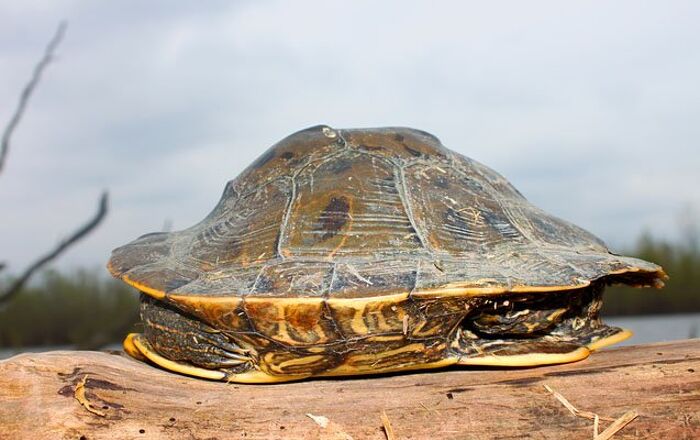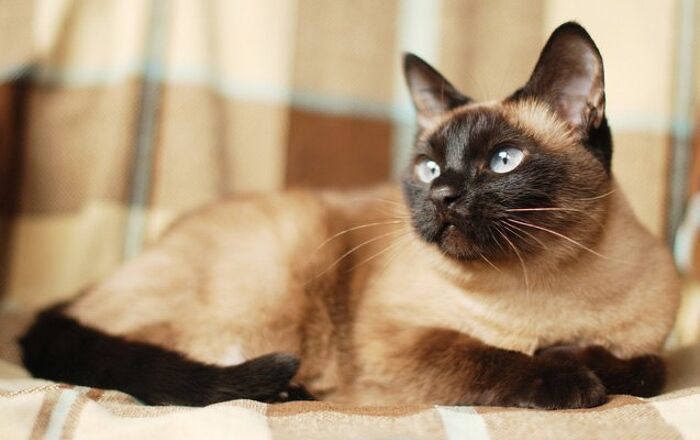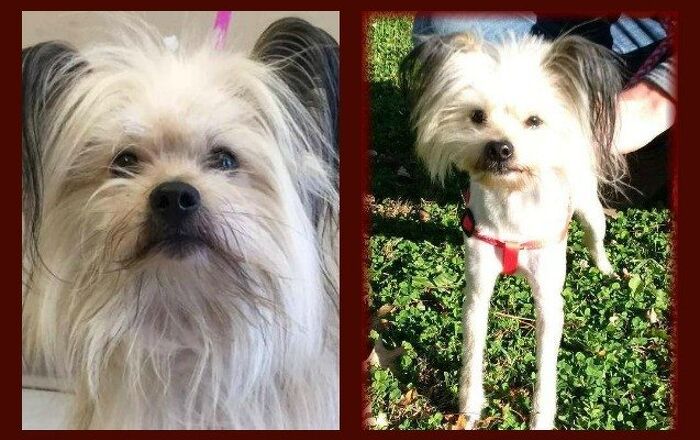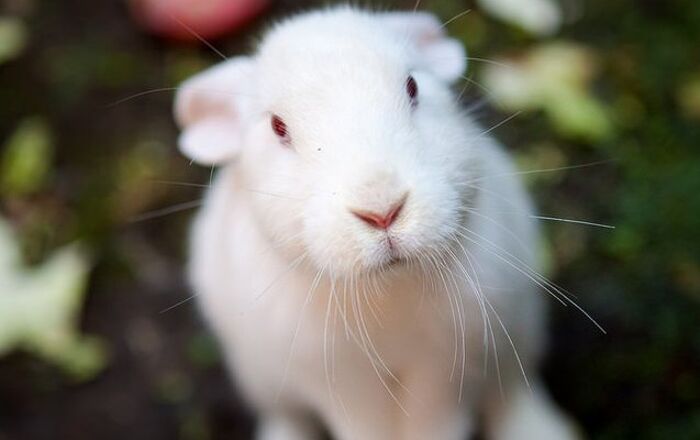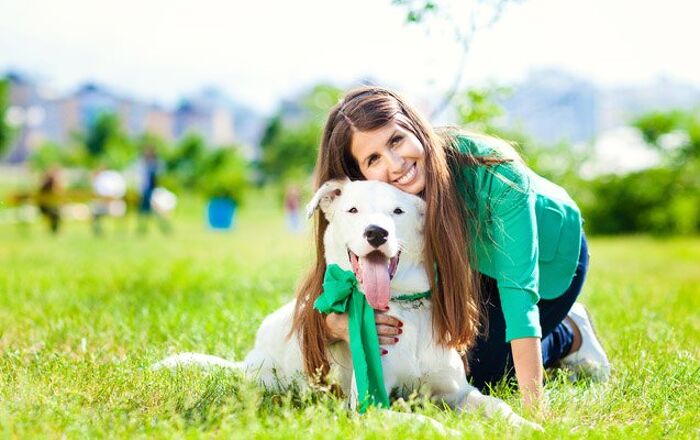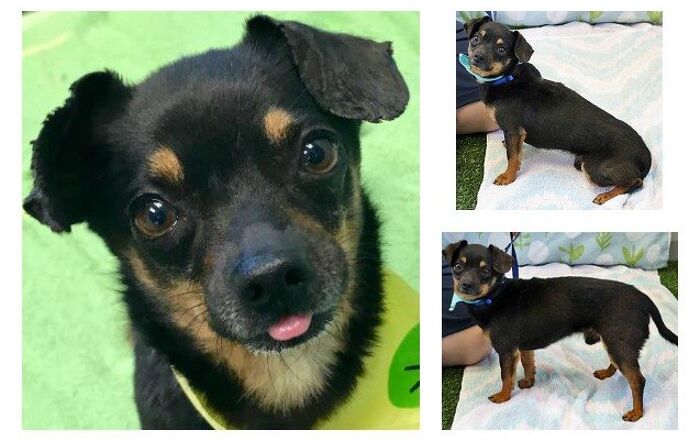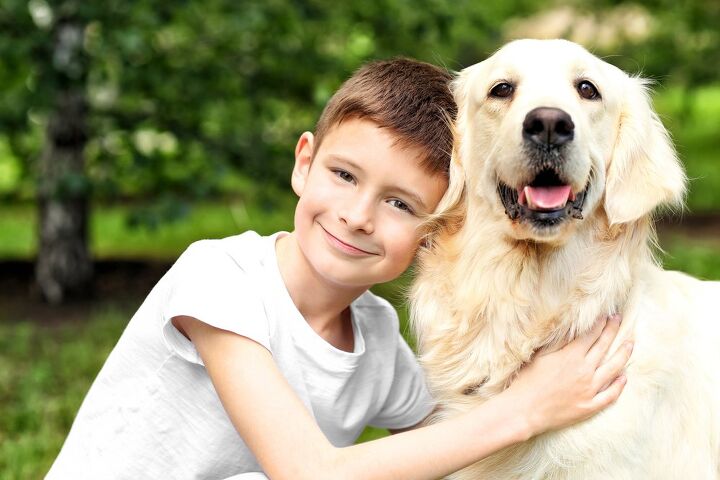
When you take your dog to school, be sure you bring your kids along. Here’s why you should take your kids to dog training classes.
“A dog teaches a boy fidelity, perseverance, and to turn around three times before lying down.” –Robert Benchley.
School-aged children and dogs of any age will both benefit to taking a class training together. Training classes are all about communication. If your kids and dogs learn to communicate more easily with each other, your house will be easier to manage and life will be better all around. Dogs and kids will become more confident with each other and enjoy more freedom and fun together.
Dogs who have been taught impulse-control: to wait for things calmly, not jump up on people and loose leash manners are easier and safer dogs to live with as well. Besides, once your dog has mastered some basic life skills with your own child, these skills can be transferred to other children who may visit your home as well.
Ideally, look for a training class held on weekends. Kids work hard all day at school, and need evenings for homework and relaxing. After all, training classes are basically school. After school, most kids don’t want more school!
The entire family should be encouraged to do training with the dog. A good practice can be for parents to model the behavior and then the child takes a turn. It’s a family affair. Classes that focus on fun, and doing, and less on talking are going to benefit your family the most.
Dogs and children both live in the moment and for them play is a serious job! Look for a training class that is upbeat, fun and takes advantage of the power of play. Long gone are the days of dry obedience class where the instructor barked out orders and dogs were punished for mistakes. Modern training techniques make learning fun for people and dogs.
To ensure the safety of all participants, the class should have some built in safety features. Ask about dog to dog contact, ideally, the instructor should not allow contact between dogs. Your family is attending the training class to train and bond together. Dogs who are nervous or have poor social skills, may engage in aggressive/defensive behavior, not something you want your child in the middle of.
Classes should have lots of space as well. More room, means more space to do your thing without feeling like you are crowded or needing to be constantly mindful of other people’s dogs.
Dogs who have a history of being aggressive with children should not be in classes with families, unless the instructor knows the dog already and is confident that enough training has been done that the dog can be safely in the class with the child. Instructors may suggest the dog wears a basket muzzle, for everyone’s safety. Parents also do their part in reminding children to be calm around dogs, and to not approach dogs without permission of the owner.
Many classes ask for a six-foot leash, but for some children, six feet is just too much leash to safely manage. Either the parent holds the end of the leash, and the child holds the middle, or in some cases a shorter leash can be used that the child can manage easier. Your instructor will guide you in what is appropriate to help train your dog.
The most important thing to take away from a training class, is that everyone should be having fun! Kids and dogs are a great combination, and have lots to learn from each other.
